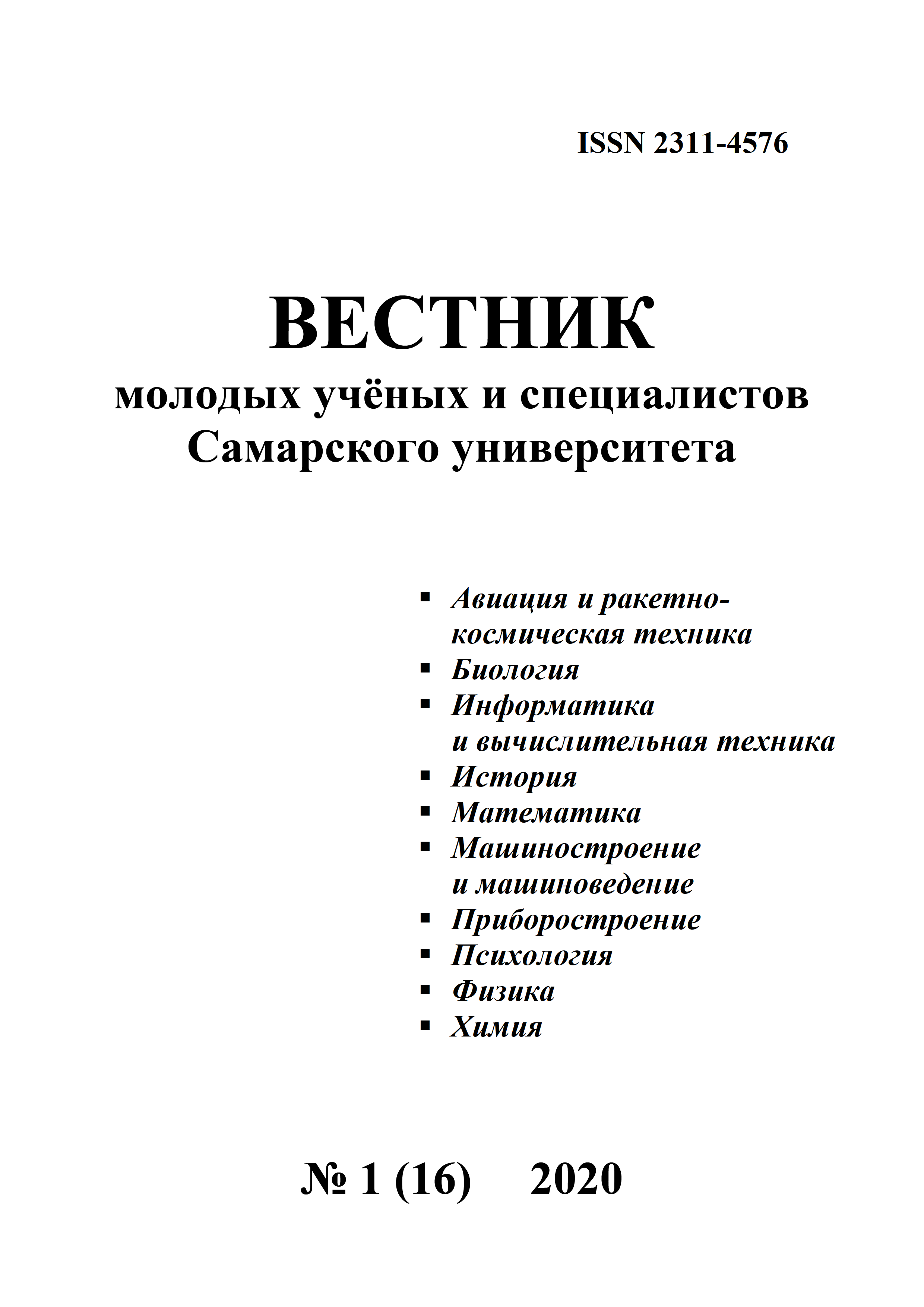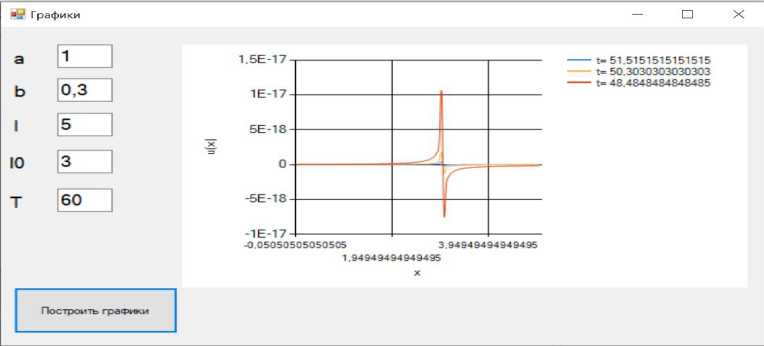Boundary value problems for parabolic equations with different boundary conditions
- Authors: Krivosheeva Y.Y.1, Slobozhanina N.A.1
-
Affiliations:
- Samara University
- Issue: No 1 (16) (2020)
- Pages: 184-187
- Section: Mathematics
- URL: https://vmuis.ru/smus/article/view/9280
- ID: 9280
Cite item
Full Text
Abstract
In technical applications, there are often nodes that can be subjected to thermal stress. Thermal load can lead to a change in a number of material properties, which will lead to device failure, damage or loss of important operational properties. To reduce the heat load, protective coatings can be applied to the surface. Thus, this reduces to the problem of the thermal conductivity of multilayer materials, the thermal conductivity of which changes abruptly. In this article, the first boundary-value problem was posed for the heat equation of a combined rod. An analytical solution to this problem was obtained in the form of a Fourier series, and the resulting series was evaluated. Based on the obtained solution and assessment, the process of heat distribution in the combined rod was simulated and graphs illustrating this process were obtained.
Full Text
Boundary value problems for the heat equation are one of the important sections of the equations of mathematical physics. In addition to the classical versions of problems for a homogeneous rod, cases where the rod is inhomogeneous are also interesting. Solving these problems may be of interest for areas related to multilayer structures. For example, such areas are medicine [1] or manufacturing [2] (manufacturing various multilayer parts for which they experience large temperature differences during operation).
Statement of the problem and construction of an analytical solution
Find the temperature distribution along a finite rod composed of two homogeneous rods touching at the point ???? = ????0, with characteristics ???? and ????, respectively. The lateral surface of the rods is thermally insulated, and the ends of the component rods are maintained at zero temperature. The temperature at the initial time in the component rods is different.
The mathematical model of the problem has the form: find the function , which is a solution to the equation
and satisfies the conditions
Using the method of separation of variables and the gluing condition, an analytical solution was obtained in the form of a series:
where
Estimation of the remainder of the series and the number of terms
Let us estimate series (6) - (9) from above. As a result of the assessment, we obtain the following expressions:
These estimates are needed in order to calculate how many terms must be summed to obtain a more accurate solution. The tables show the calculations for two given accuracy ε, different t and the following parameter values:
From the tables it follows that with this choice of parameters, the series converge quickly and, having summed up about 300 and 400 terms, we already achieve good accuracy ε = 0.001 and ε = 0.00001, respectively.
Charting
For plotting, a program was written in the C # programming language using the .NET Framework 4.5 framework in the Microsoft Visual Studio 2019 development environment. The program is a windowed application with fields for entering parameters , time interval T, and buttons, when clicked, the graphs of the dependence are drawn for a fixed value of t. The simulation results are presented in the figures 1-3.
It can be seen from the figures that a jump in temperature occurs at the point of discontinuity. In this case, the gluing condition is not violated, since the jump does not occur instantly. It can also be seen that as t approaches the end of a given time interval, the value of the function approaches zero, which indicates the establishment of the process.
Conclusion
So, an analytical solution to problem (1) - (4) was obtained and graphs of its visualization were constructed. Therefore, the tasks were completed, the goal of the work is achieved.
Table 1
The number of terms at
|
|
|
|
|
|
| 2 | 4 | 12 | 36 | 113 |
| 2 | 4 | 12 | 38 | 118 |
| 3 | 10 | 29 | 91 | 287 |
| 3 | 10 | 30 | 94 | 297 |
Table 2
The number of terms at
|
|
|
|
|
|
| 2 | 5 | 16 | 50 | 156 |
| 2 | 6 | 16 | 51 | 160 |
| 4 | 13 | 40 | 126 | 397 |
| 5 | 13 | 41 | 129 | 405 |
Fig. 1. Graph of u (x) at the beginning of the time interval
Fig. 2. Graph of u (x) at the middle of the time interval
Fig. 3. Graph of u (x) at the ending of the time interval
About the authors
Yuliana Yurievna Krivosheeva
Samara University
Author for correspondence.
Email: akinava.love@gmail.com
graduate student of the Faculty of Informatics
Russian Federation, 443086, Russia, Samara, Moskovskoye Shosse, 34Natalia Aleksandrovna Slobozhanina
Samara University
Email: slobogeanina@mail.ru
assistant professor of the Department of Technical Cybernetics of the Samara University
Russian Federation, 443086, Russia, Samara, Moskovskoye Shosse, 34References
- Барун В. В., Иванов А. П. Световые и тепловые поля в многослойной ткани кожи при лазерном облучении // Оптика и спектроскопия. 2006. Т. 100. № 1. С. 149-157.
- Танана В. П., Ершова А. А. О решении обратной граничной задачи для композитных материалов // Вестник удмуртского университета. 2018. Т. 28. № 4. С. 474-488.
- Тихонов А. Н., Самарский А. А. Уравнения математической физики. М.: Наука, 1977. 735 с.
- Сабитов К. Б. Уравнения математической физики. М.: Физматлит, 2013. 352с.
- Штумпф С. А., Бахтин М. А. Математические методы компьютерных технологий в научных исследованиях. СПб: НИУ ИТМО, 2012. 148 с.
- Документация по C#. URL: https://docs.microsoft.com/ru-ru/dotnet/csharp/(дата обращения: 20.03.2020).
Supplementary files









